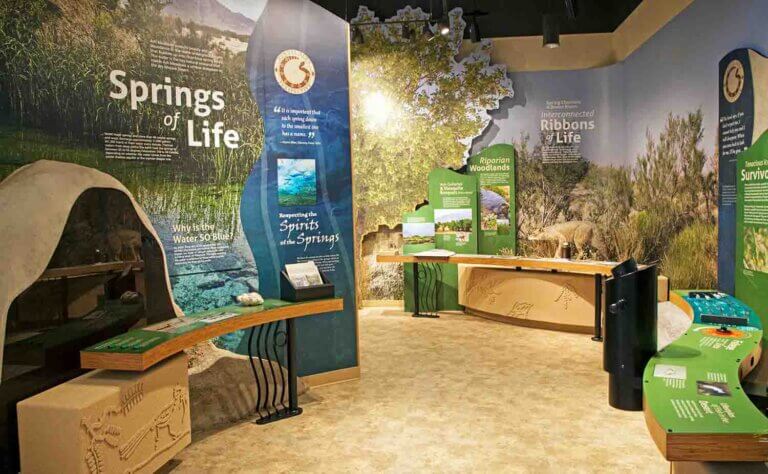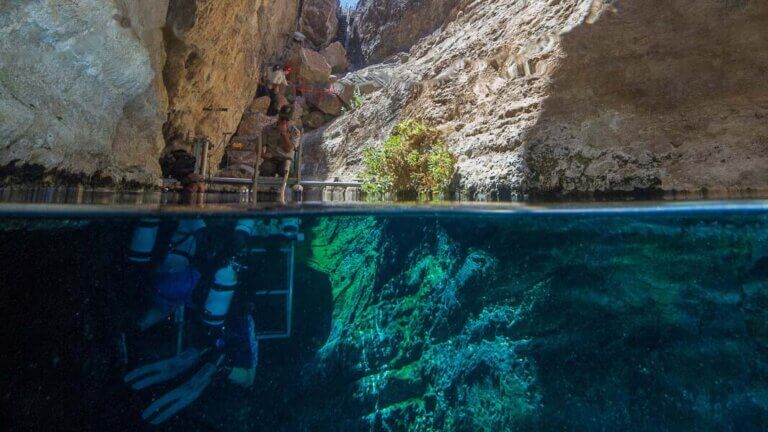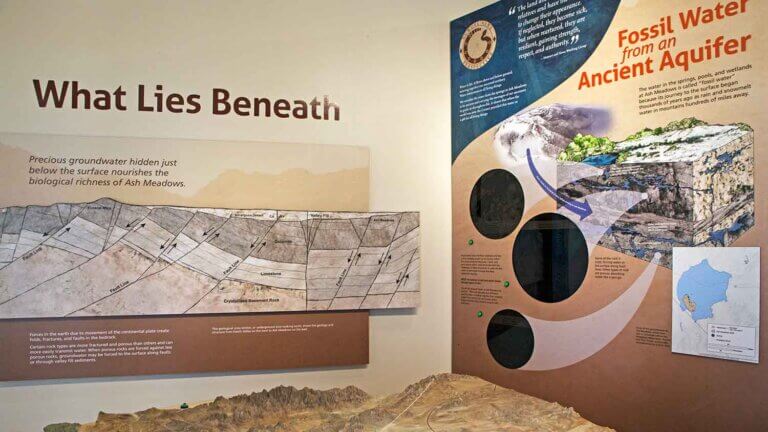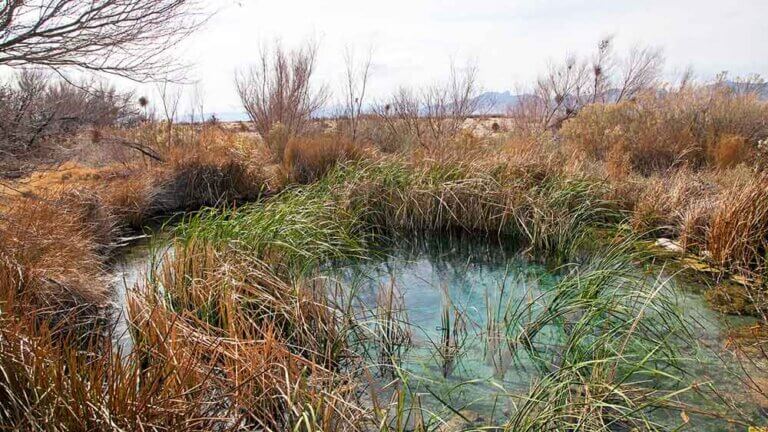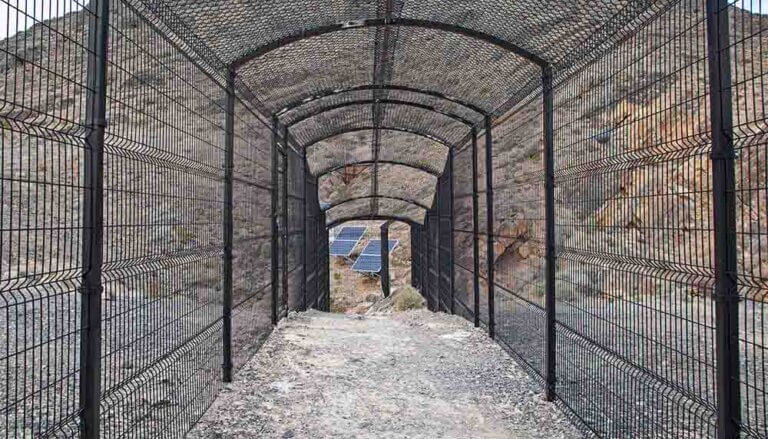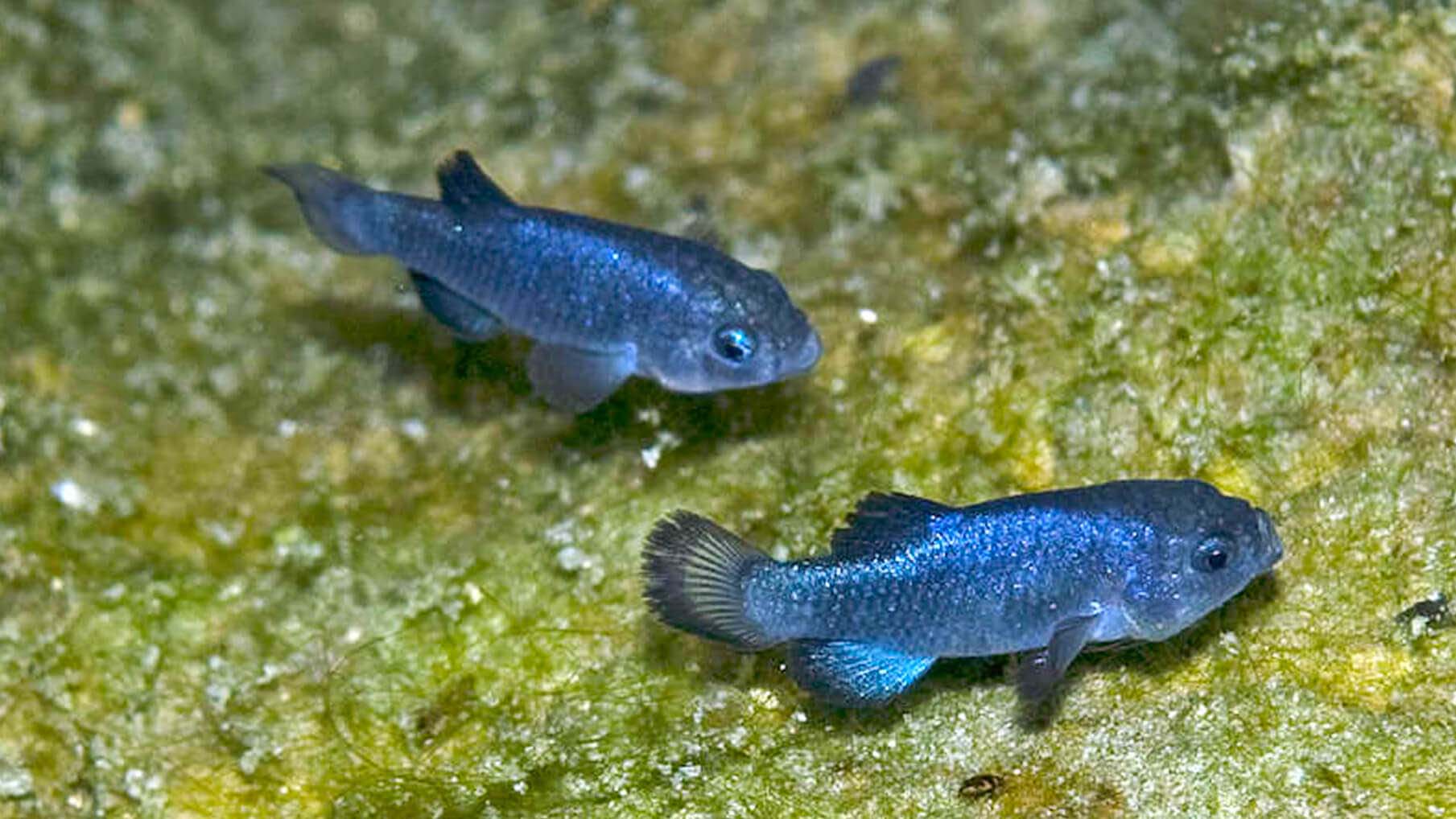
7 Facts About the Rarest Fish in the World: The Devils Hole Pupfish
1. It’s a truly rare fish.
Of all the curiously uncommon gems Nevada has to offer, the Devils Hole pupfish is the rarest. In fact, it’s the rarest fish in the entire world—and it can only be found here in the Silver State.
Although there are many different kinds of pupfish, Cyprinodon diabolis has dwindled to between 100-200 specimens. The Devils Hole pupfish lives in the smallest, most unique habitat of any known vertebrate species on Earth: a water-filled cavern called Devils Hole.
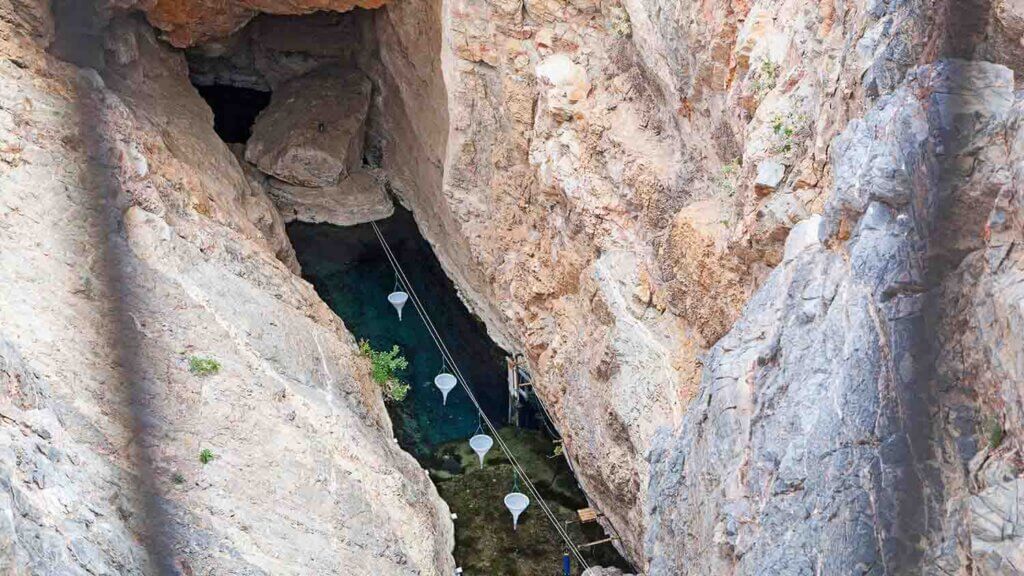
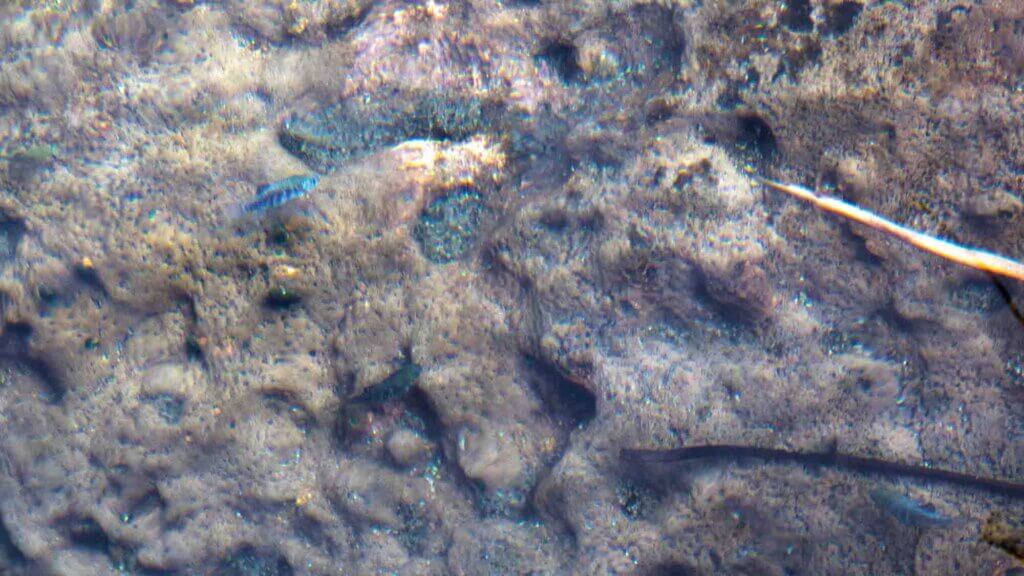
2. Their home is an isolated spring.
Devils Hole is a 60,000-year-old, perfectly camouflaged mountainside cavern filled with crystal-clear blue waters sourced from a natural warm spring. An 8-by-60-foot opening allows for the perfect amount of sunlight.
Although no one has been able to figure out just how deep their habitat is, Devils Hole pupfish prefer hanging out near the water’s surface. They’ve been spotted as deep as 80 feet, but they stick to shallower depths because they rely on partially submerged limestone shelves to feed and spawn.
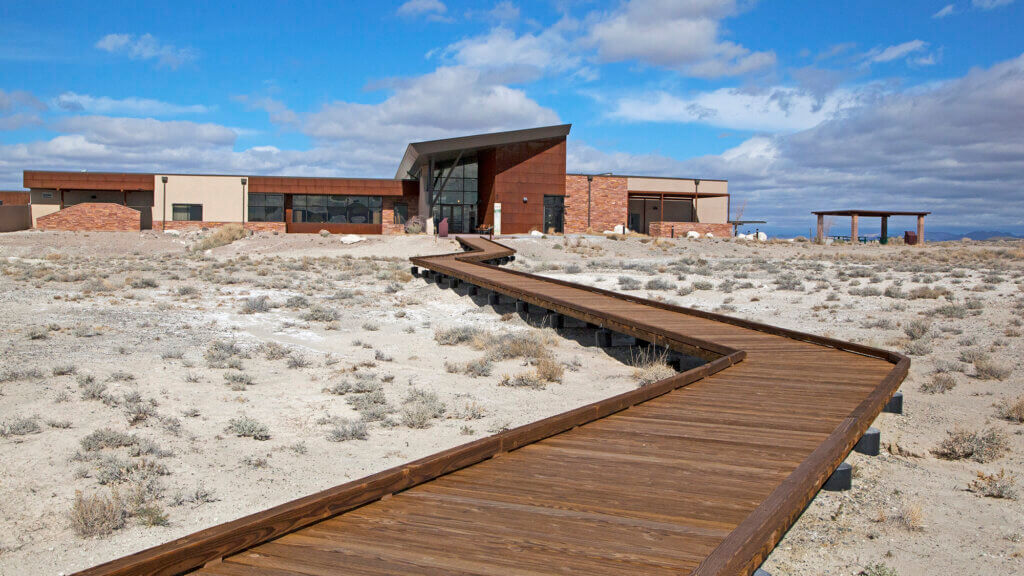
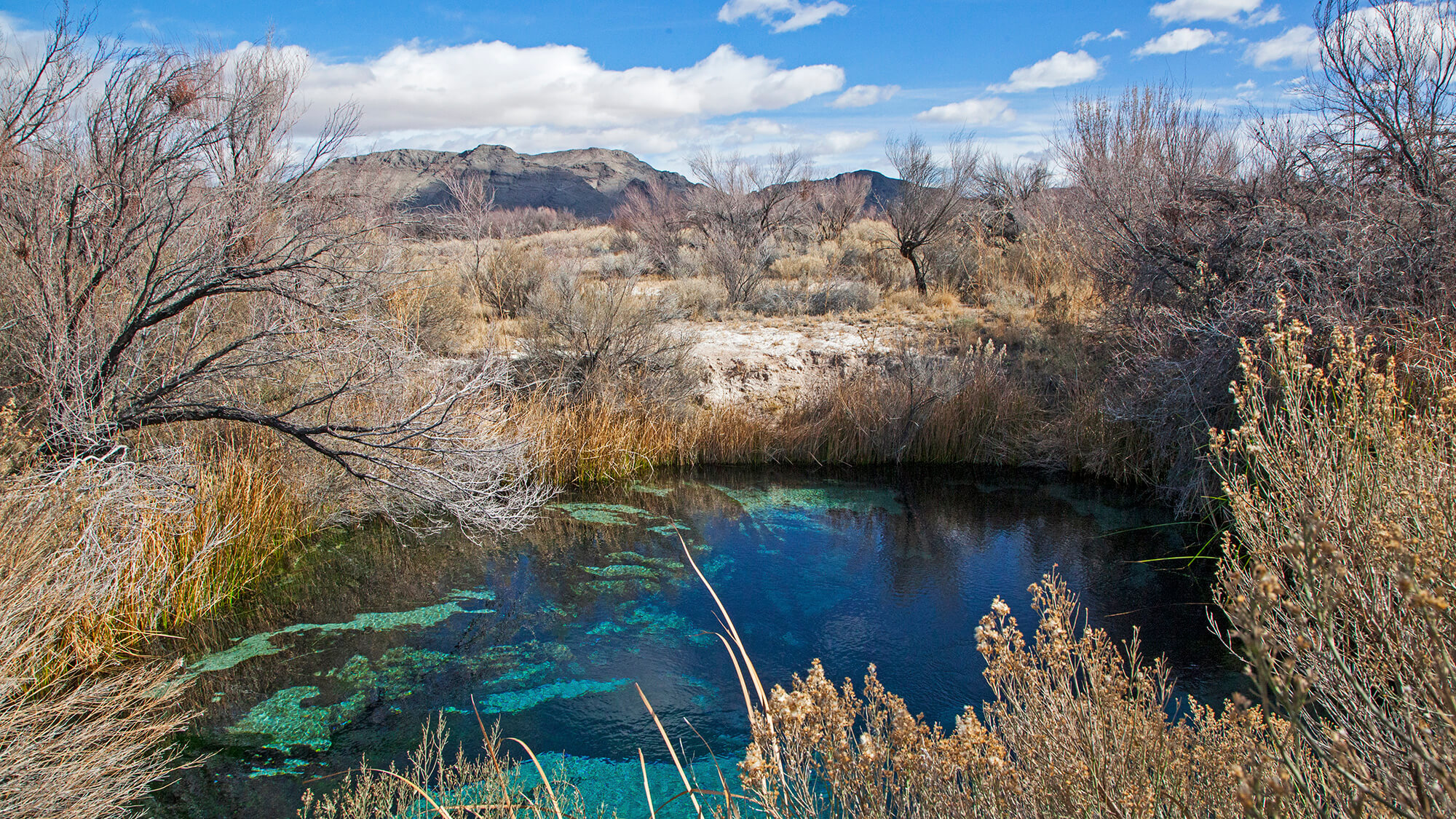
3. Devils Hole is part of a massive desert oasis.
Devils Hole is located within Ash Meadows National Wildlife Refuge. The refuge is home to 25 plant and animal species that are endemic to the region (which means they’re not found anywhere else on the planet).
Stop in the Ash Meadows visitor center to learn more about the ecology of the largest oasis in the Mojave Desert. Afterwards, take a short drive to Devils Hole, where you can observe the pool—and, hopefully, the pupfish—from a viewing platform. For a better chance at spotting the tiny fish, bring along binoculars: Devils Hole is a protected environment, so you’ll be about 20 feet above the cavern vantage point.
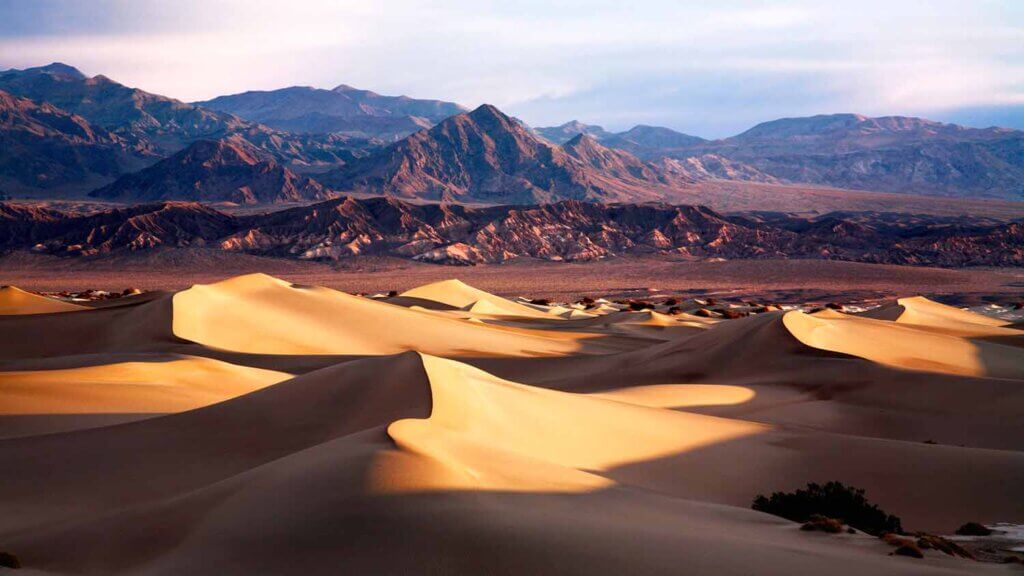
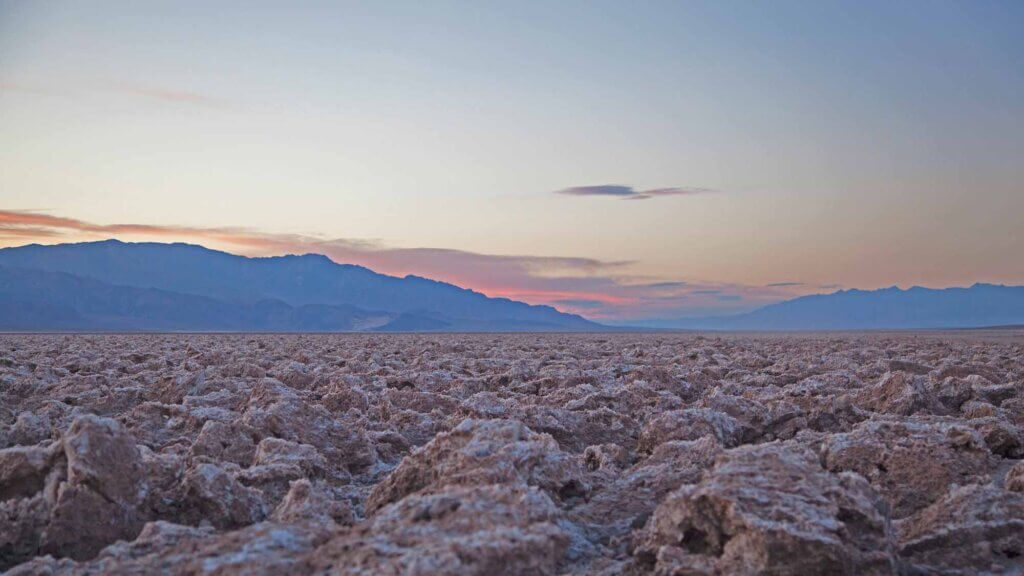
4. It was the first endangered species.
Back in the 1930s, ichthyologist Robert Rush Miller’s research helped bring attention to the plight of the Devils Hole pupfish. Over the years, the region around Devils Hole drew more visitors and attention thanks in part to its natural beauty. In fact, in 1952, President Truman designated Devils Hole as a part of the Death Valley National Monument. Today, this area is still a special enclave that is co-managed by Ash Meadows National Wildlife Refuge and Death Valley National Park.
By the 1960s, hydrogeologists realized Devils Hole was unlike any other place on Earth and installed hydrographical instruments to track conditions below the surface. In 1966, Congress passed the Endangered Species Preservation Act, and the Devils Hole pupfish became the first species to be recognized as endangered.
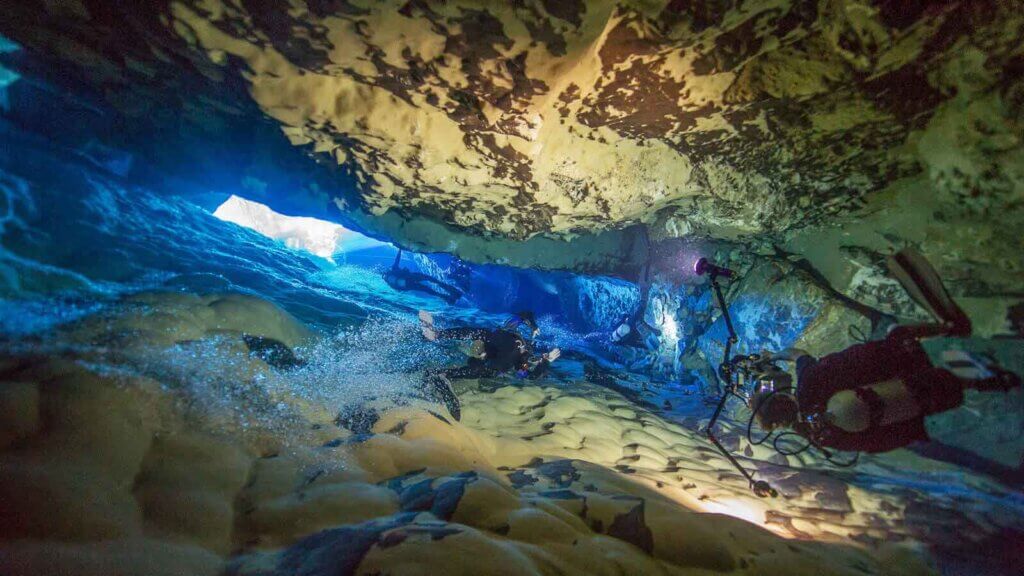
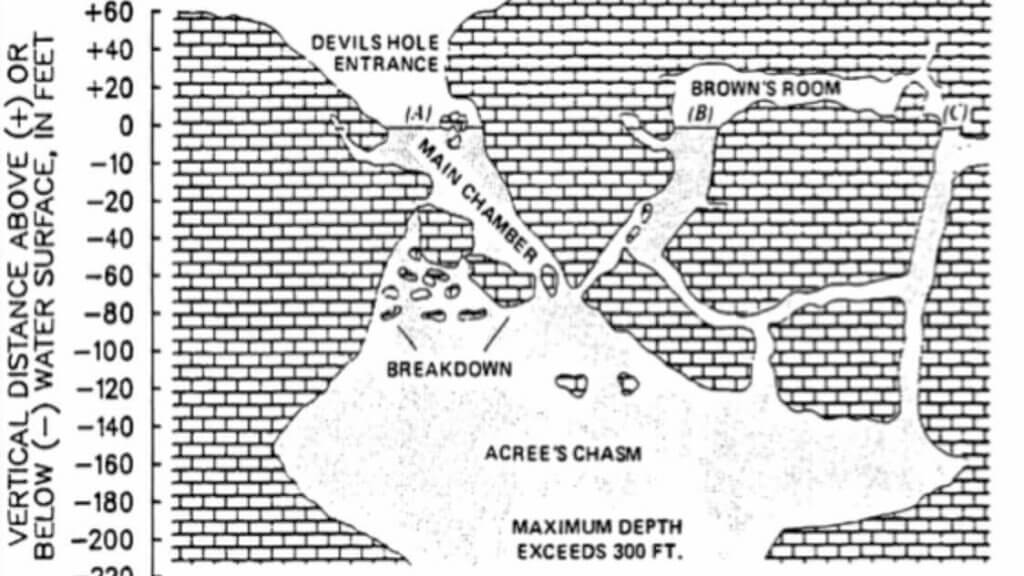
5. They have a long history of survival.
Pupfish flourished when the Ash Meadows area was covered in water—about 10,000 to 12,000 years ago. As the water dried up, these fish were separated into isolated pools and began to evolve under different conditions. Devils Hole pupfish were the first to be isolated in their own environment: Devils Hole.
The Devils Hole pupfish depend on extremely specific environmental factors to survive. The water needs to remain at around 91 degrees Fahrenheit and oxygen levels in the water should be relatively low. Any upset in water levels, temperature, and oxygen can seriously threaten the Devils Hole pupfish population.
Despite their highly specific needs, the population has survived for millenia.
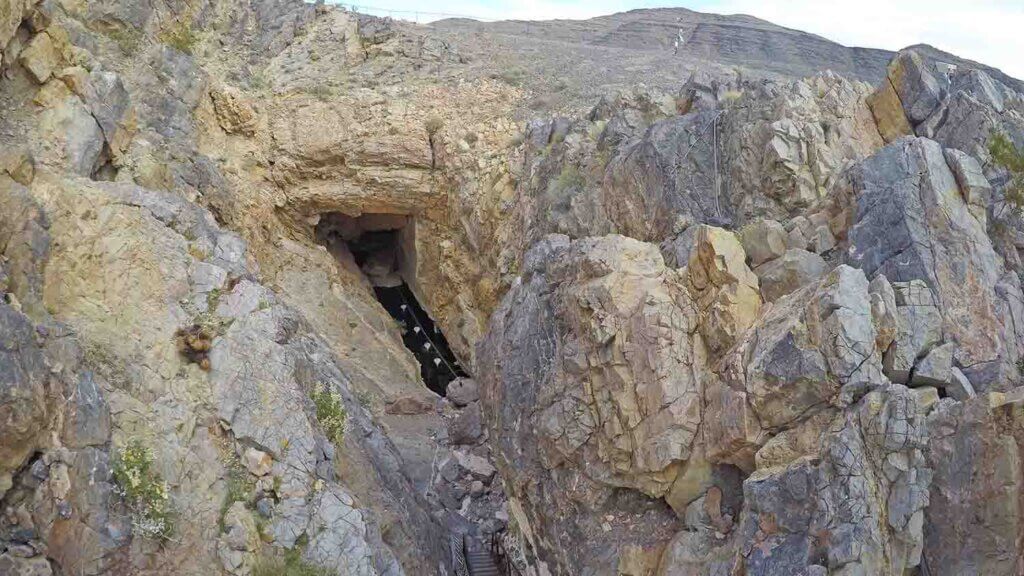
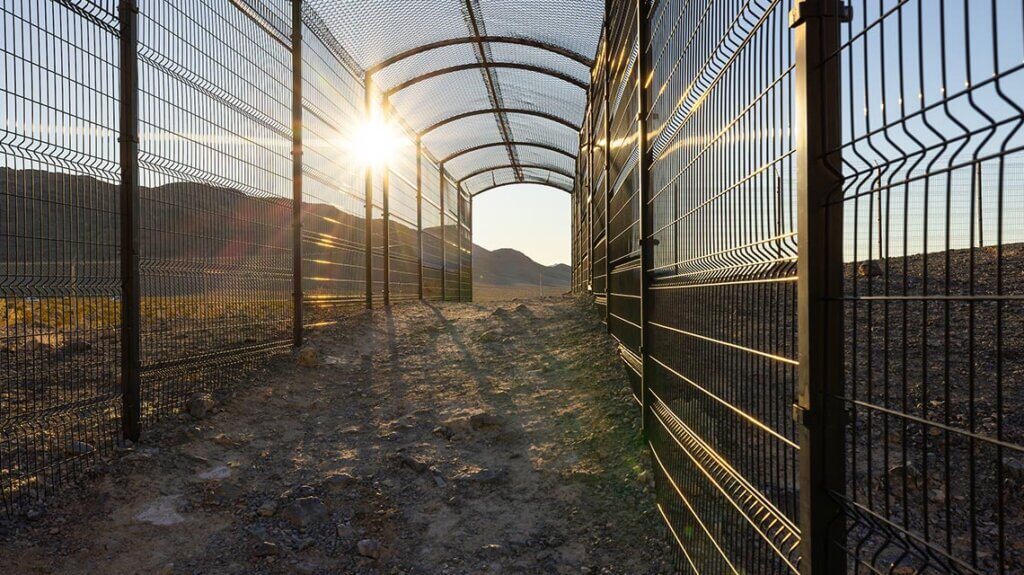
6. They’re the tiniest pupfish species.
The Devils Hole pupfish is the tiniest pupfish of all—typically averaging about ¾ of an inch in length. They have large heads but no pelvic fins. Males are usually an iridescent, deep-solid blue with a black band on the tail, while females are almost olive-colored.
7. Their population is small but stable.
Scientists have tracked the Devils Hole pupfish population for many years. Eventually, they learned that the number fluctuates between 100 to 200 fish. Fortunately, for the past few years, the pupfish population has been relatively high—191 in April 2024.
Get Inspired
Related Stories
